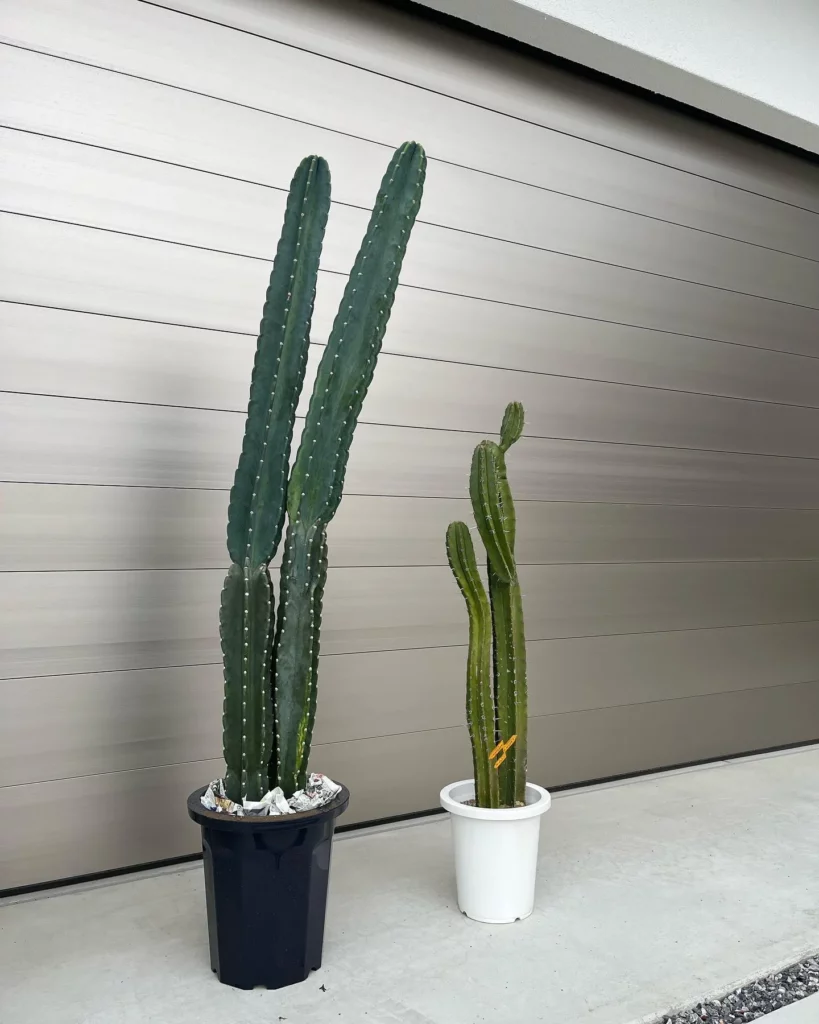The Star Cactus, also known as Astrophytum asterias, gets its name from its distinctive appearance. This unique cactus species has star-shaped stems that are pale green in color. What makes it truly captivating are the white or yellowish spines that cover the stems, giving the cactus an eye-catching and striking look.
Appearance of the Star Cactus
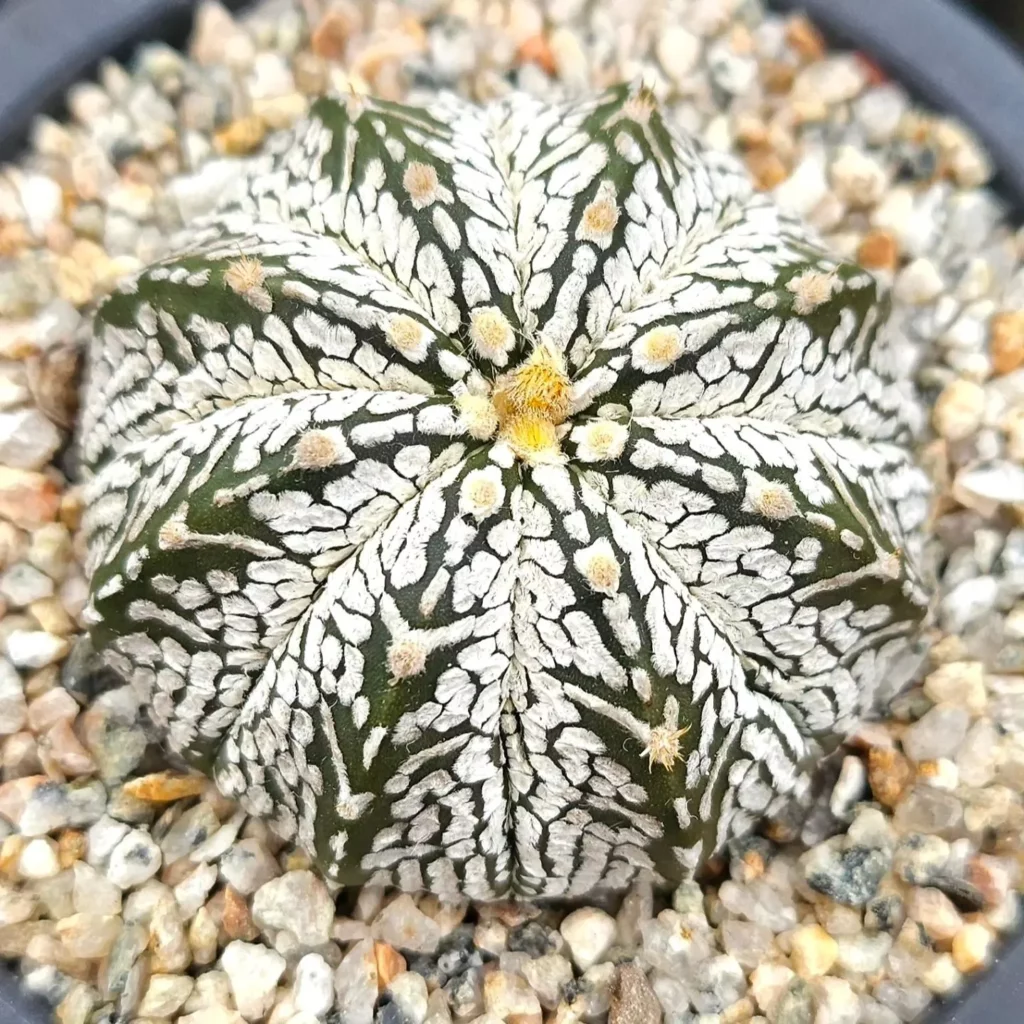
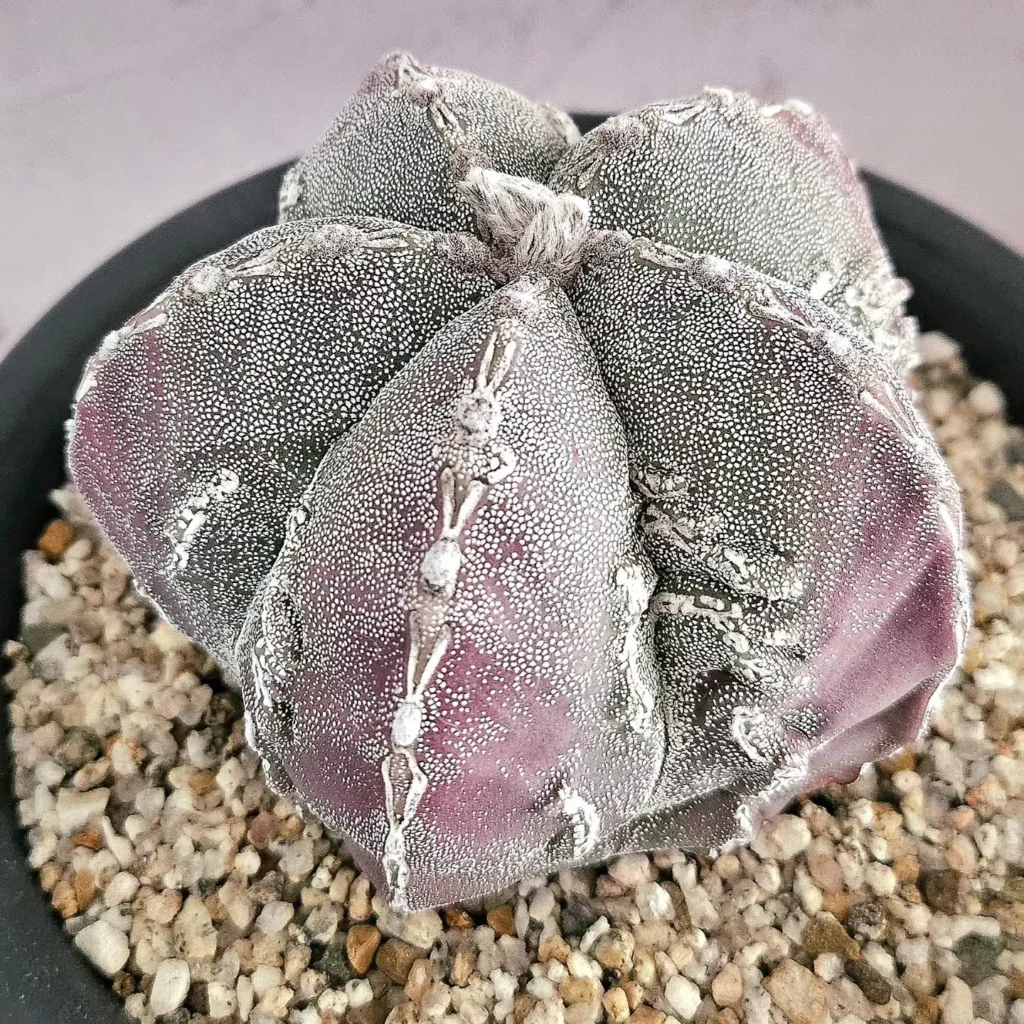
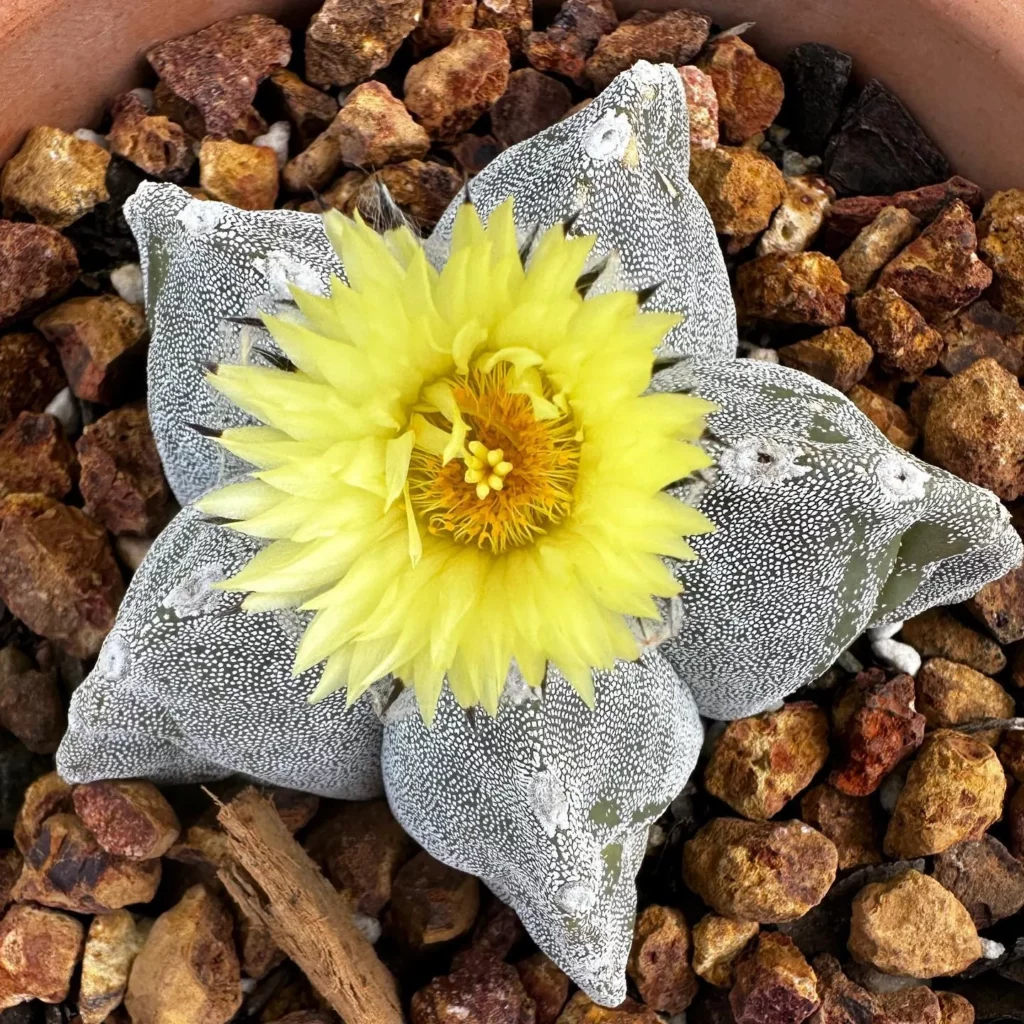
The Star Cactus typically grows to a height of about 6 inches and has a diameter of around 4 inches. Despite its small size, it is a popular choice for indoor decoration due to its intriguing and captivating appearance. Whether displayed on a windowsill or as part of a cactus collection, the Star Cactus is sure to draw attention with its star-shaped stems and vibrant spines.
Light Requirements for the Star Cactus
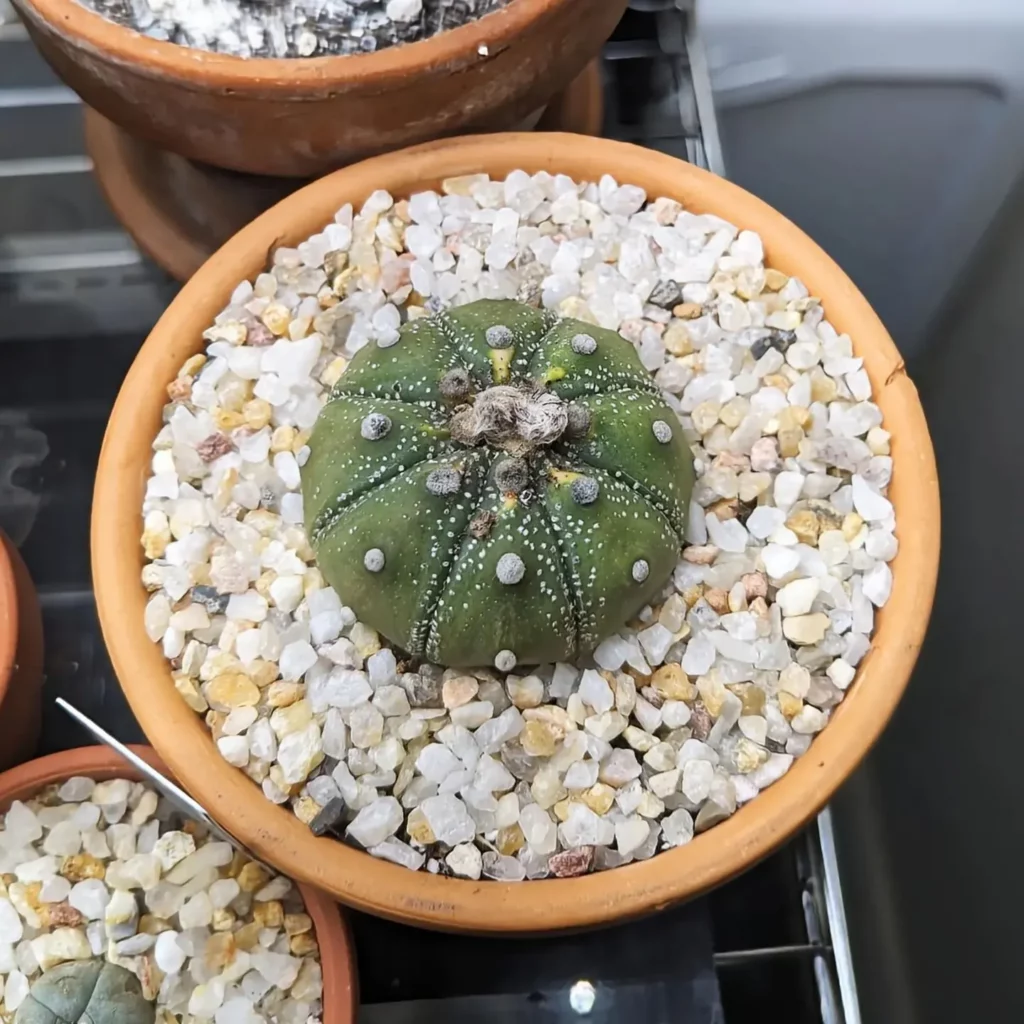
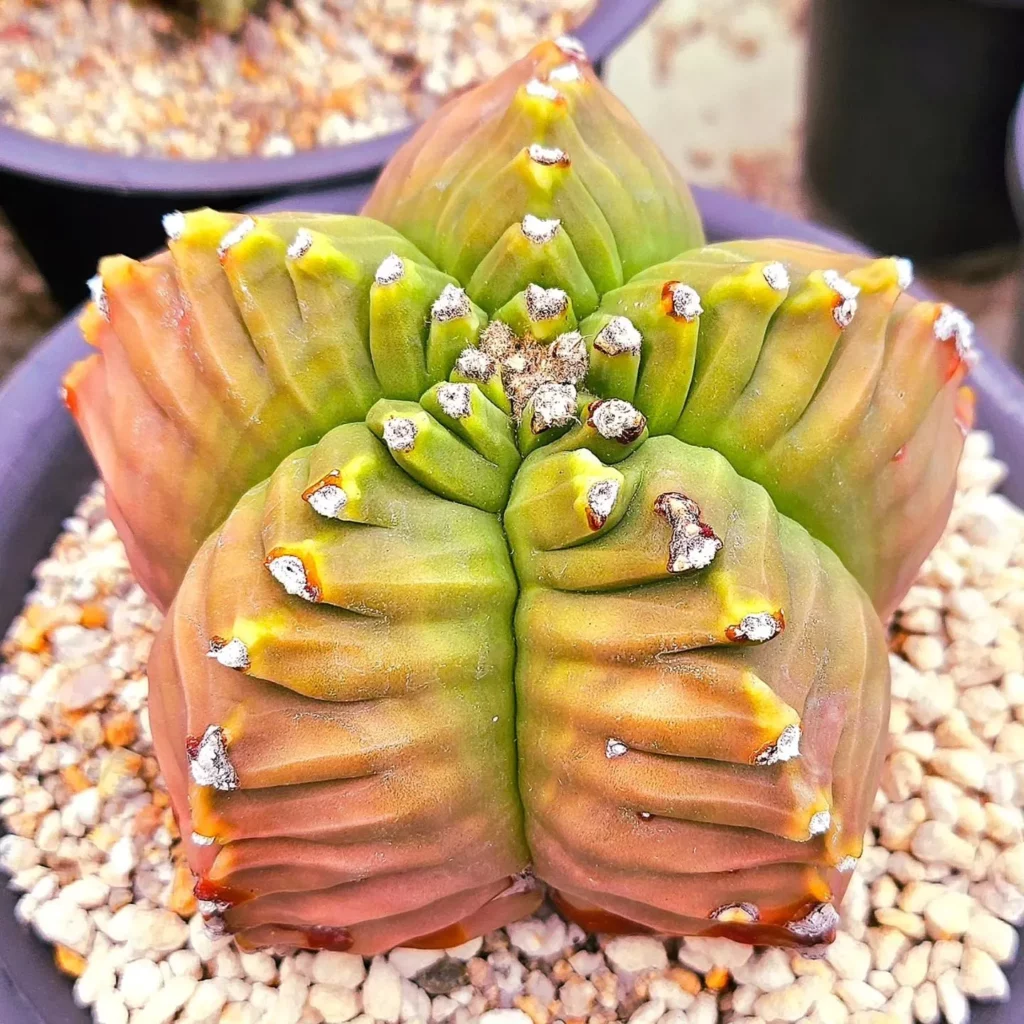
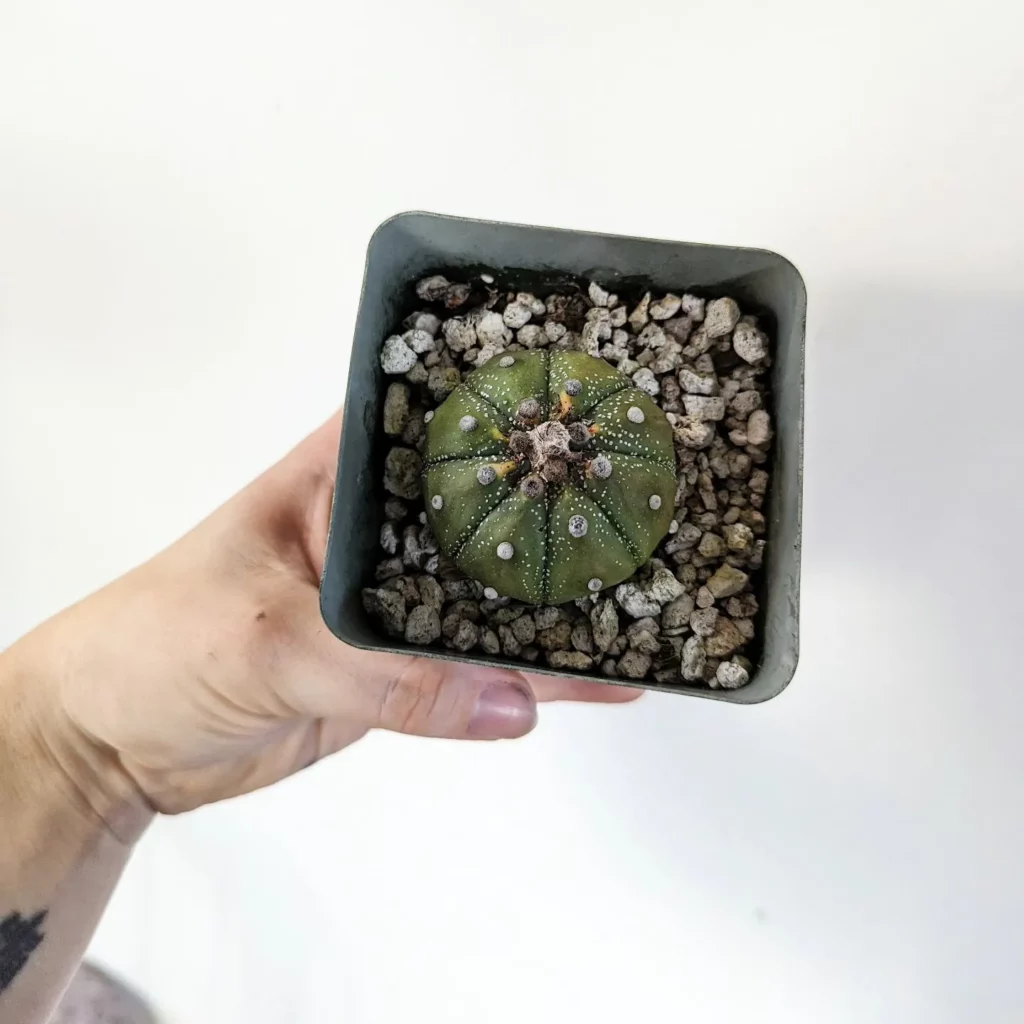
The Star Cactus, also known as Astrophytum asterias, requires bright, indirect light to thrive. It is important to provide the cactus with plenty of natural light, but direct sunlight should be avoided as it can cause sunburn and damage the plant. To ensure optimal growth, place the Star Cactus in a well-lit location such as a bright window sill or near a south-facing window. When growing indoors, it is recommended to supplement natural light with artificial lighting, such as fluorescent or LED grow lights, especially during the winter months when natural light may be limited.
Proper lighting is crucial for the Star Cactus to maintain its health and vibrant appearance. Bright indirect light mimics its natural habitat and encourages healthy growth without the risk of sunburn. By providing the Star Cactus with the right light conditions, you can enjoy this rare gem of the cactus world and add a touch of beauty to your indoor space.
Watering the Star Cactus
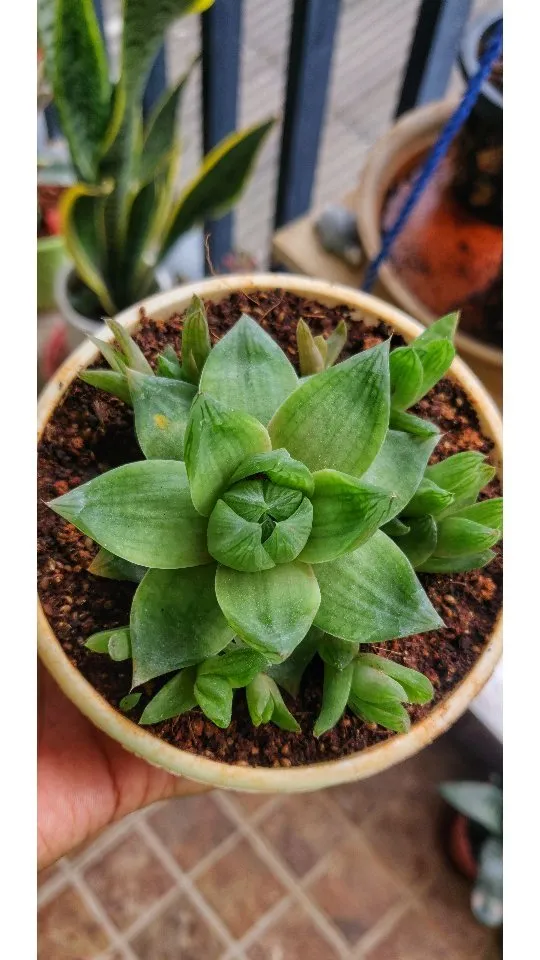
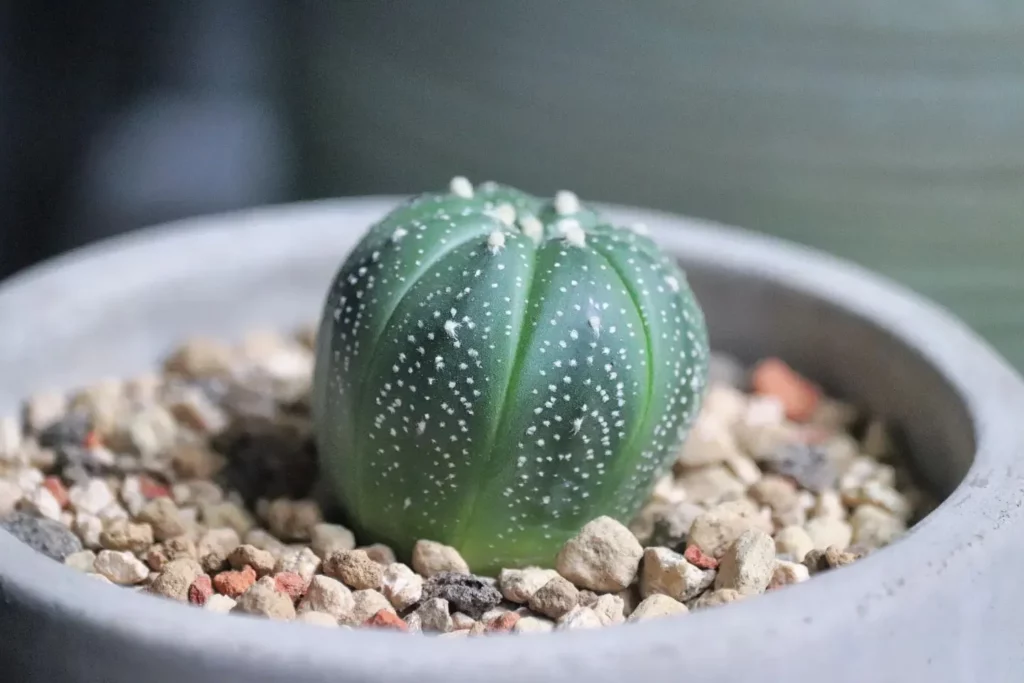
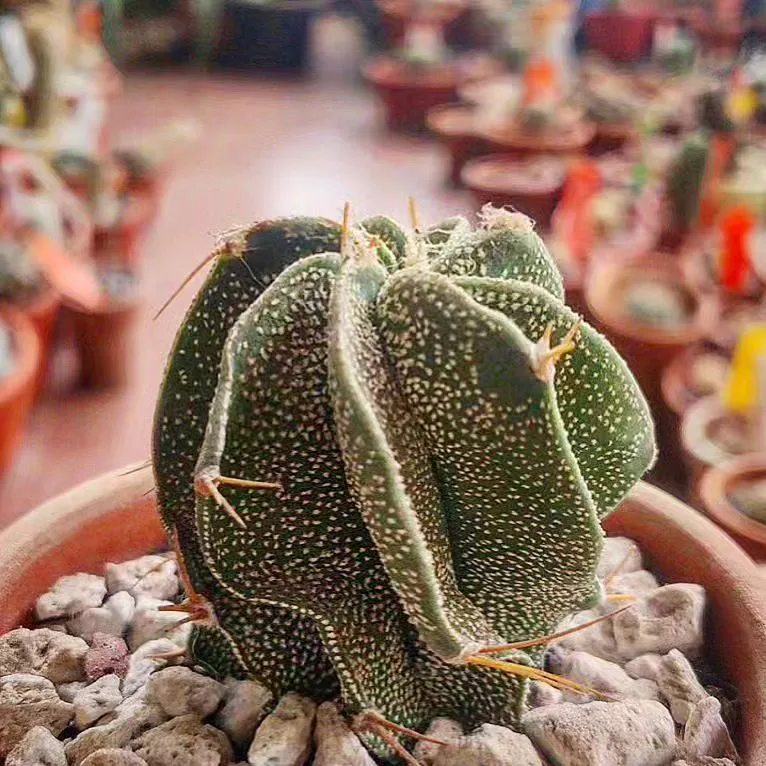
The Star Cactus, being a desert plant, has adapted to thrive in dry conditions. To ensure its well-being, it’s essential to water it infrequently, as overwatering can lead to root rot and fungal infections. Only water the cactus when the soil is completely dry, which usually occurs once every 2-3 weeks during the growing season (spring and summer) and even less frequently during the dormant period (fall and winter).
When watering the Star Cactus, it’s crucial to use a well-draining soil mix specifically formulated for cacti and succulents. This type of soil promotes proper drainage, preventing the roots from becoming waterlogged. Remember, the Star Cactus thrives in well-draining soil, so make sure you provide it with the right conditions.
Fertilizing the Star Cactus
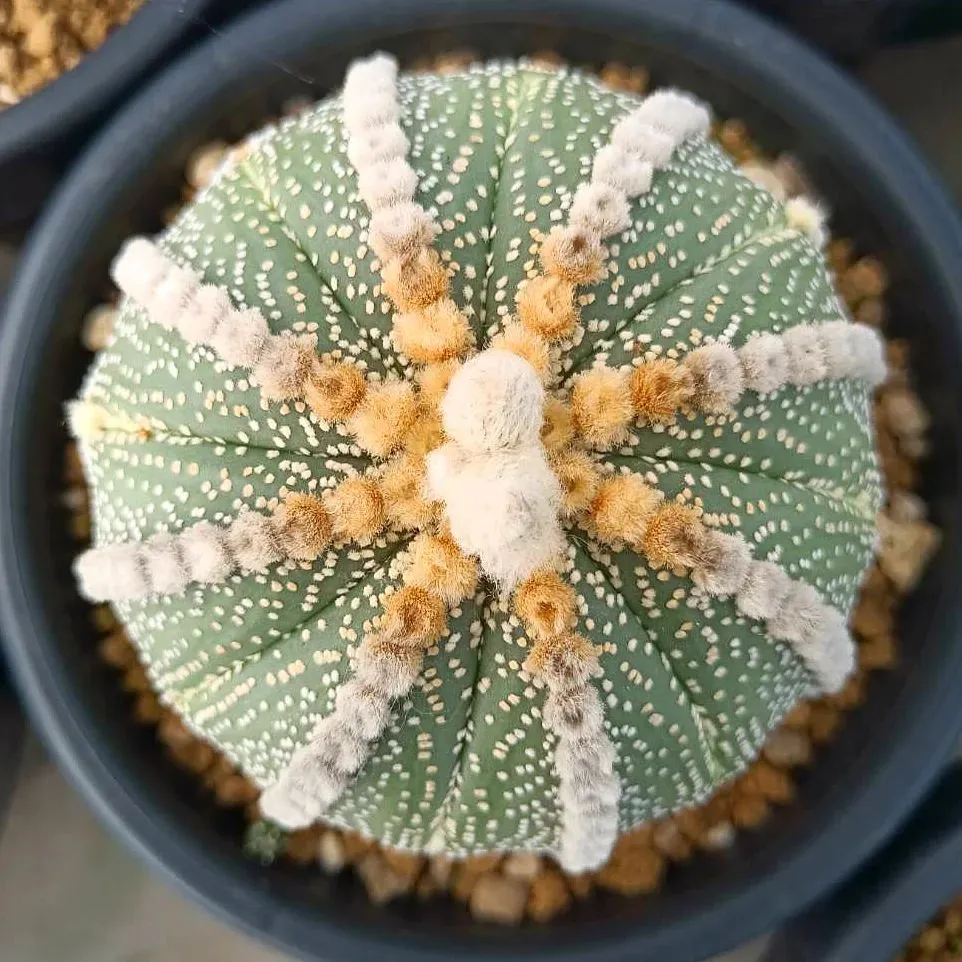
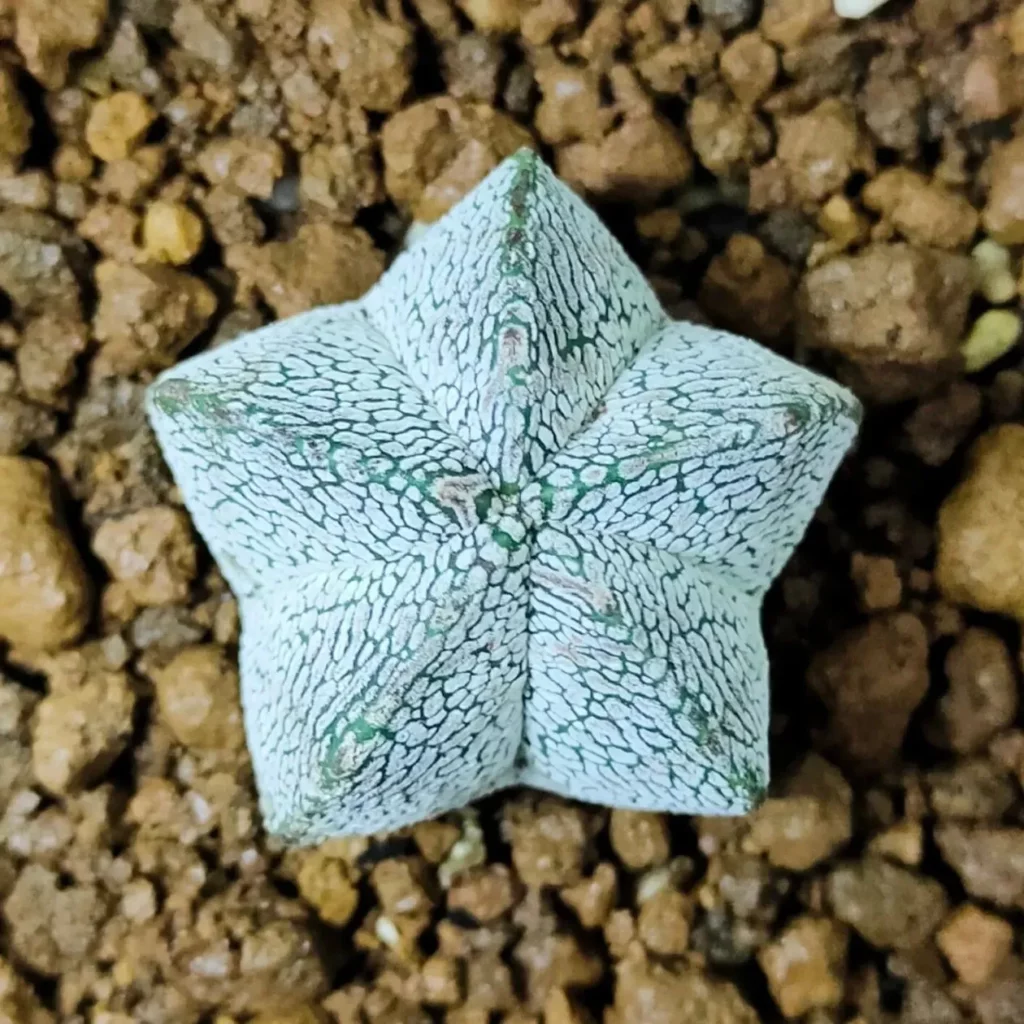
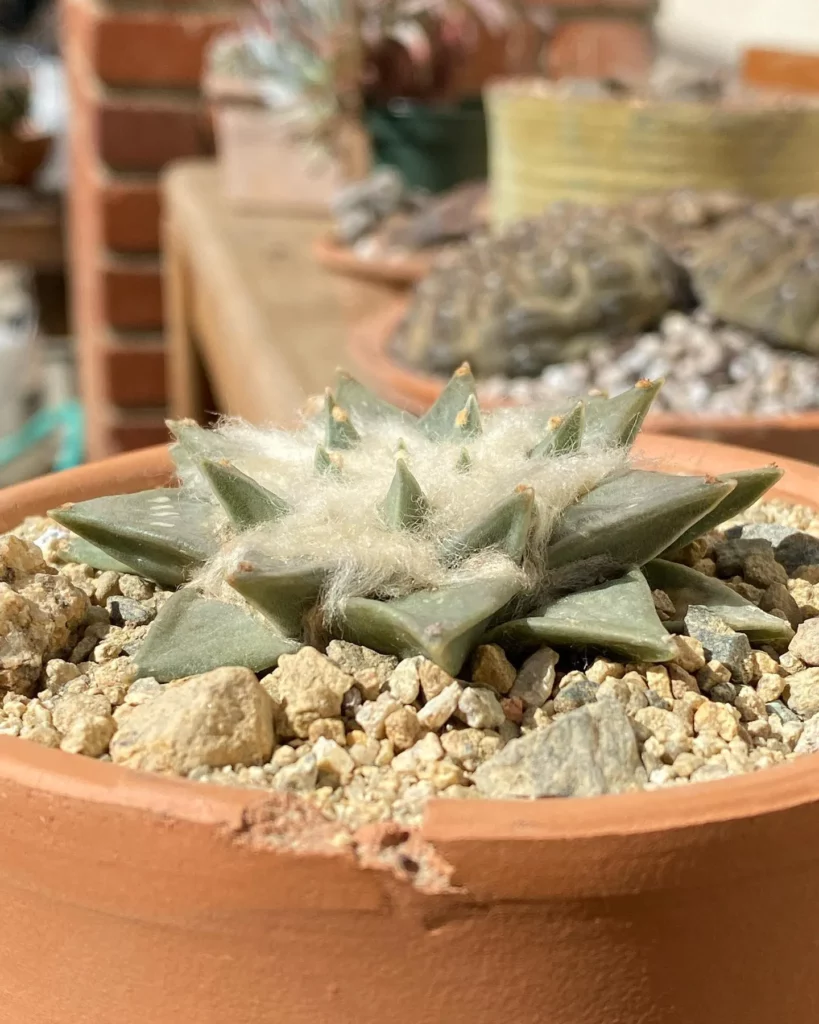
The Star Cactus is a low-maintenance plant that requires minimal fertilization to thrive. When it comes to fertilizing this stunning succulent, it’s important to use a low-nutrient fertilizer specially formulated for cacti and succulents, ensuring it meets their unique nutritional needs.
During the growing season, apply the fertilizer sparingly, following the instructions on the packaging for the correct application rate. It’s crucial to avoid over-fertilization, as excessive nutrients can harm the Star Cactus rather than benefit it.
Alternatively, you can opt for a slow-release fertilizer to provide nutrients gradually over time. This type of fertilizer ensures a steady supply of essential elements without the risk of overfeeding. Slow-release fertilizers are convenient for busy plant owners who prefer a hands-off approach to fertilization.
Potting the Star Cactus
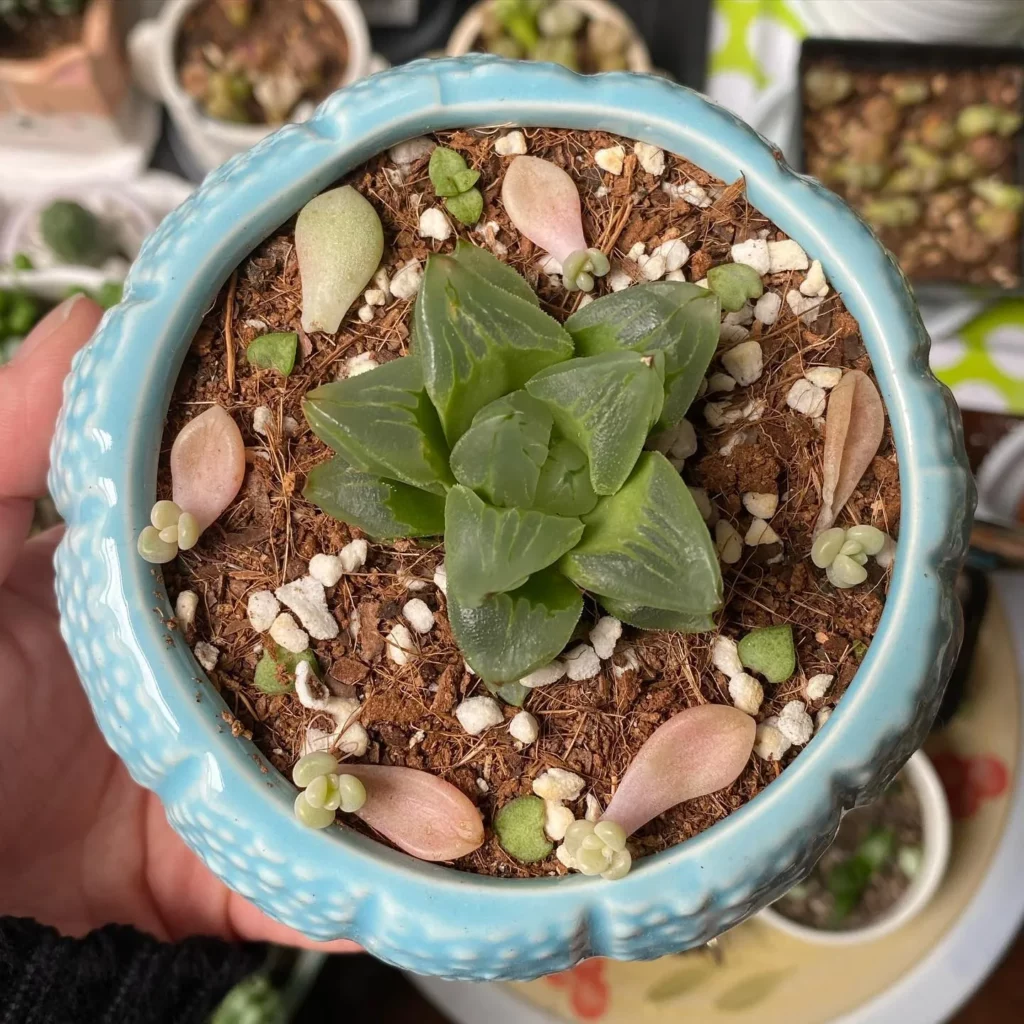
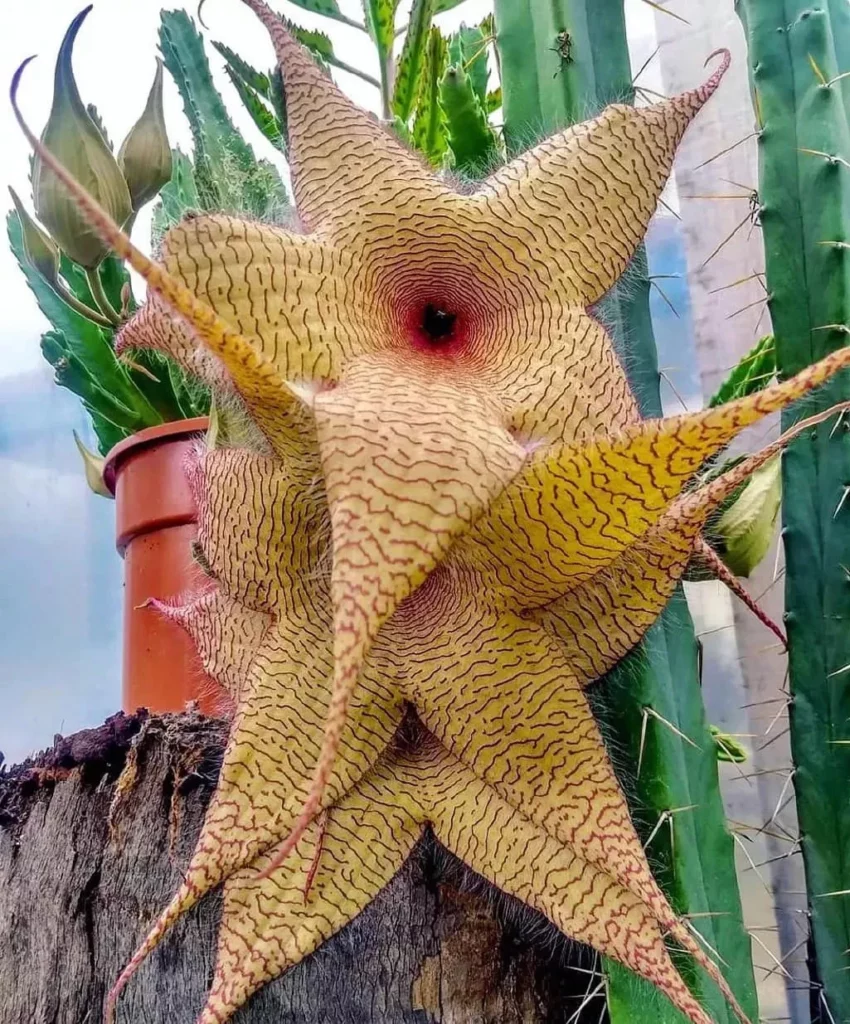
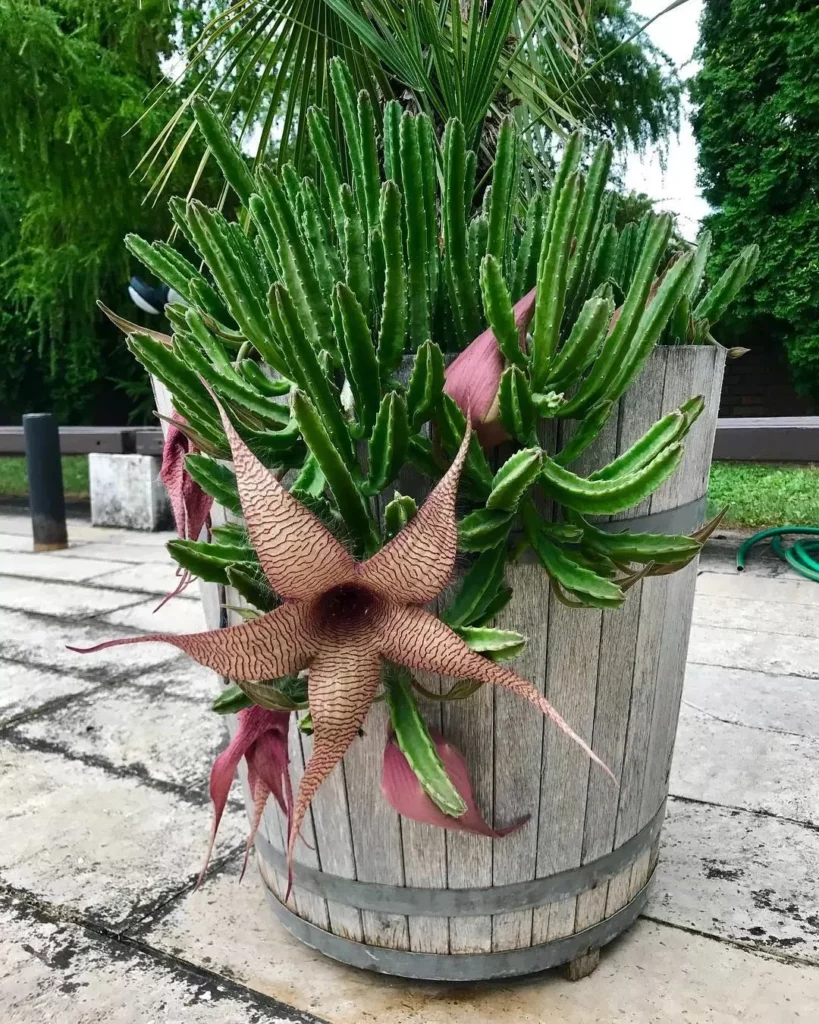
When potting the Star Cactus, it’s crucial to create the right environment for its growth. Start by selecting a well-draining pot that will prevent waterlogging and provide proper moisture control. Look for a pot with drainage holes to ensure excess water can freely escape.
Next, choose a cactus-specific potting mix or create your own mixture using potting soil combined with perlite or pumice. This will enhance the drainage properties of the soil, preventing water from accumulating around the roots.
Repotting is typically only necessary when the Star Cactus outgrows its current pot or when the soil becomes compacted. Assess the size of the root system and soil condition to determine if repotting is needed. Otherwise, it’s best to leave the cactus undisturbed.
Propagation of the Star Cactus
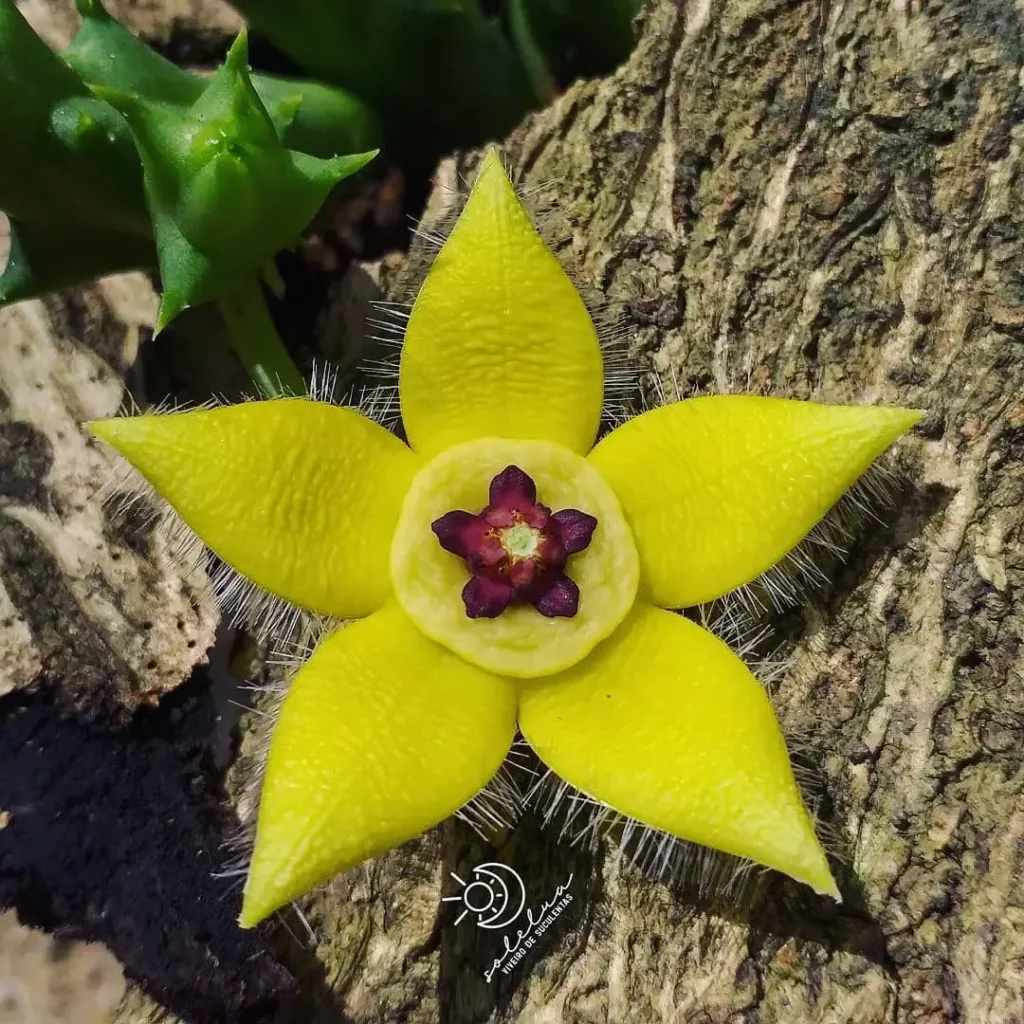
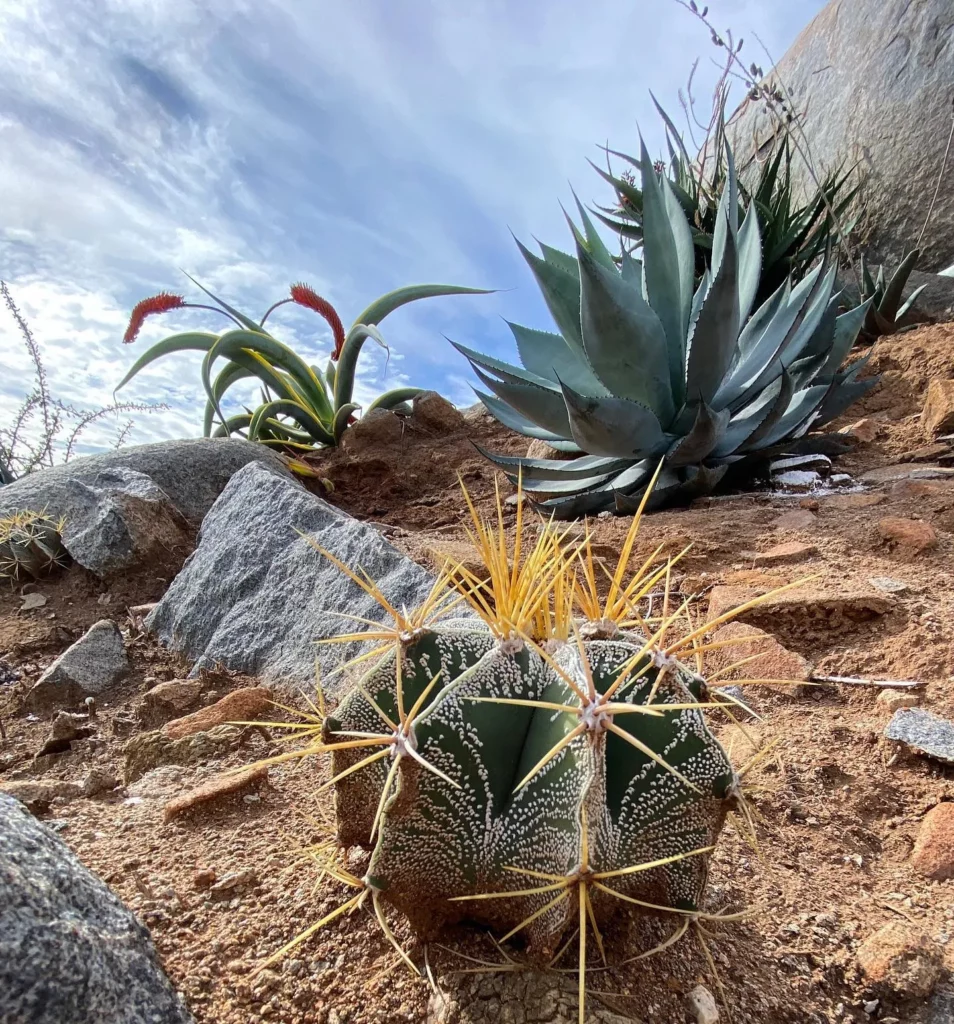
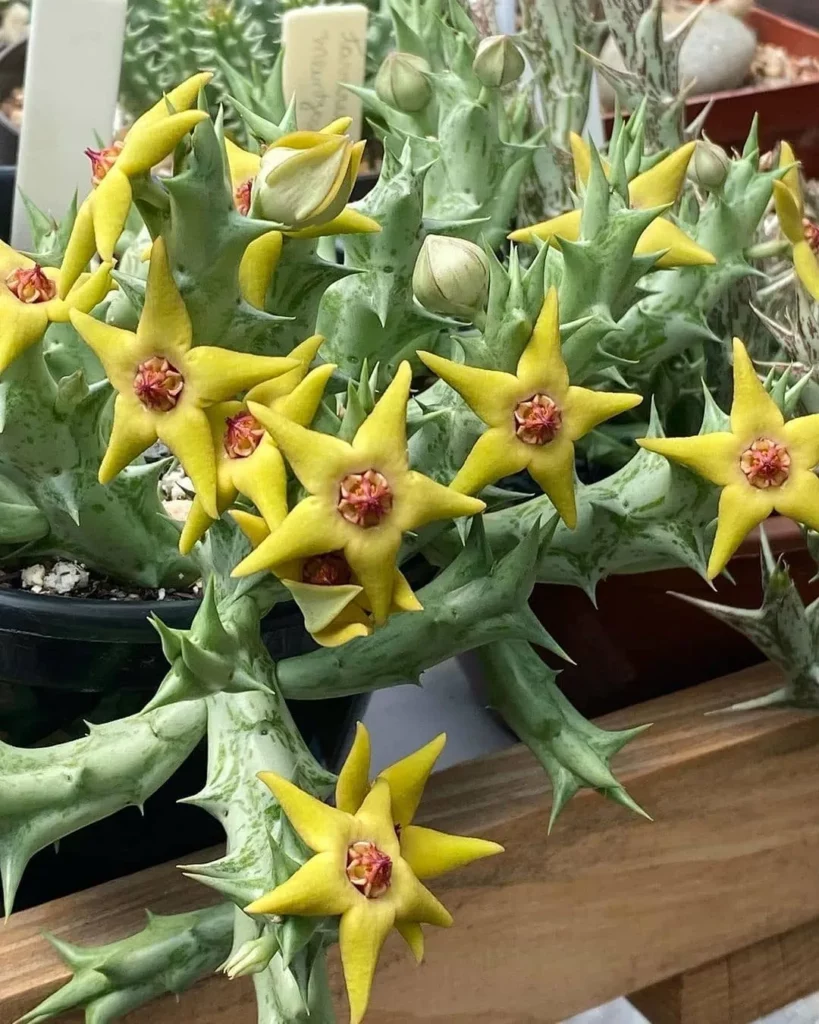
The Star Cactus, also known as Astrophytum asterias, can be propagated through offsets or seeds. Offsets, which are small clones that grow at the base of the parent plant, are an easy and effective way to propagate the Star Cactus. To propagate through offsets, gently remove them from the parent plant, taking care not to damage the roots, and plant them in a separate pot filled with well-draining soil. Ensure that the soil is kept slightly moist but not overly saturated to prevent root rot.
In addition to offsets, you can also propagate the Star Cactus from seeds. Sowing seeds is a longer and more challenging process, but it can be rewarding to watch the cactus grow from a tiny seedling. To propagate from seeds, sow them in a cactus-specific soil mix and keep the soil consistently moist until the seeds germinate. Provide the seedlings with bright indirect light to promote healthy growth.
Whether you choose to propagate the Star Cactus through offsets or seeds, remember to be patient as it takes time for the new plants to establish and grow. With proper care and attention, you can expand your collection of Star Cacti and enjoy their unique beauty.
Growth and Development of the Star Cactus
The Star Cactus is a slow-growing plant with a long lifespan. It takes time for this cactus to reach its full size and maturity, so patience is key. With the right care and conditions, the Star Cactus can live for many decades, becoming a cherished addition to your plant collection. Regular monitoring and adjustments in watering, lighting, and fertilization may be necessary as the cactus grows.
The slow growth of the Star Cactus is part of its charm, allowing you to witness its development and appreciate its unique features over time. As it grows, you’ll notice subtle changes in the shape and color of its star-shaped stems, enhancing its visual appeal.
To support the growth and development of your Star Cactus, it’s important to provide the optimal environment. This includes placing it in an area with bright, indirect light and avoiding direct sunlight, as excessive exposure can harm the cactus. Additionally, the Star Cactus thrives in well-draining soil and requires infrequent watering to prevent root rot and fungal infections.
As your Star Cactus grows, you may consider repotting it into a larger container to accommodate its expanding root system. Use a well-draining pot and a cactus-specific potting mix to ensure proper drainage and support healthy growth.
The Lifespan of the Star Cactus
While the growth of the Star Cactus may be slow, its lifespan is impressively long. With the right care, this cactus can live for many decades, bringing joy and beauty to your indoor or outdoor space. Its ability to withstand dry conditions and adapt to various environments contributes to its longevity.
By providing the Star Cactus with the necessary care and attention, you’ll be rewarded with a stunning, slow-growing plant that can accompany you on your journey for many years to come.
Pests and Diseases of the Star Cactus
The Star Cactus is a resilient plant that is generally resistant to pests and diseases. However, it is not entirely immune and can still fall victim to common cactus pests. Mealybugs, scale insects, and spider mites are the most common culprits that can infest your Star Cactus. Keep a close eye on your cactus for any signs of infestation, such as tiny white cotton-like masses, sticky residue, or webbing. If you spot any of these pests, act swiftly to control the infestation.
There are two primary approaches to dealing with pests: using insecticides or opting for natural remedies. Insecticides specifically formulated for cacti and succulents can effectively eliminate pests. Be sure to follow the instructions on the product label and apply the insecticide as directed. Alternatively, you can explore natural methods such as a mild soap solution or neem oil spray to deter and control pests while minimizing chemical exposure.
Another threat to the Star Cactus is fungal infections, which can arise from overwatering and poor ventilation. Excessive moisture in the soil can lead to root rot or stem rot. To prevent fungal infections, ensure you practice proper watering techniques. Only water the cactus when the soil is completely dry, and allow any excess water to drain away. Furthermore, promote adequate airflow around the cactus by placing it in a well-ventilated area. This helps to reduce the risk of moisture accumulation and fungal growth.
FAQ
What is the Star Cactus?
The Star Cactus, also known as Astrophytum asterias, is a unique and rare cactus species highly sought after by cactus enthusiasts for its striking appearance and limited availability.
How does the Star Cactus look?
The Star Cactus has star-shaped stems that are pale green in color and covered in white or yellowish spines, giving it a unique and eye-catching look.
What are the light requirements for the Star Cactus?
The Star Cactus requires bright, indirect light. It should be placed in a location where it can receive plenty of natural light, but avoid direct sunlight to prevent sunburn and damage.
How often should I water the Star Cactus?
The Star Cactus requires infrequent watering. Water the cactus only when the soil is completely dry, typically once every 2-3 weeks during the growing season, and even less frequently during the dormant period.
How should I fertilize the Star Cactus?
The Star Cactus does not require frequent fertilization. Use a low-nutrient fertilizer specifically formulated for cacti and succulents, or a slow-release fertilizer, and apply it sparingly during the growing season. Avoid fertilizing during the dormant period.
How should I pot the Star Cactus?
When potting the Star Cactus, use a well-draining pot with drainage holes and a cactus-specific potting mix or a mixture of potting soil and perlite or pumice. Avoid over-potting and provide some root restriction.
How can I propagate the Star Cactus?
The Star Cactus can be propagated through offsets or seeds. Remove offsets from the parent plant and plant them in a separate pot with well-draining soil. Alternatively, sow seeds in a cactus-specific soil mix and provide adequate moisture and light for germination.
How long does it take for the Star Cactus to grow and develop?
The Star Cactus is a slow-growing plant with a long lifespan. It can take several years for the cactus to reach its full size and maturity. Patience and proper care are key to supporting its development.
What are the common pests and diseases of the Star Cactus?
While generally resistant, the Star Cactus can be susceptible to common cactus pests like mealybugs, scale insects, and spider mites. Overwatering and poor ventilation can lead to fungal infections such as root rot or stem rot.

